Many people love to go for a swim to relax and find their inner peace. It can be quite an experience apart from being a vigorous exercise. All the heat in the world dissipates when you step into the cold and mighty seas and oceans. The summers become just a little more bearable when there is an opportunity to go swimming whenever you want. However, not all the places in the world are safe for swimming. Some of these places have caused many deaths and no one should dare go swim there.
Jacob’s Well
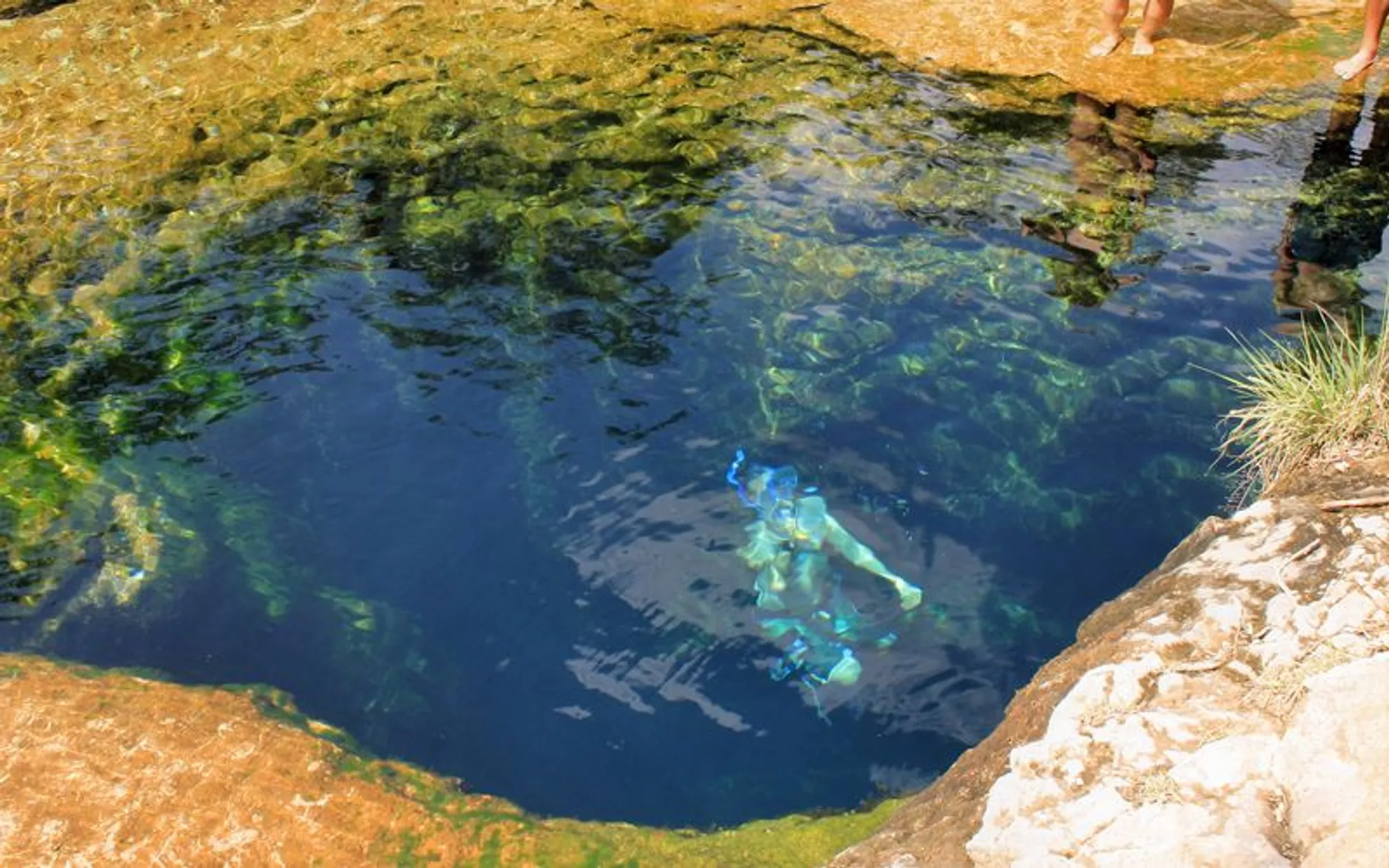
This beautiful, picturesque lake located in southern Texas is a majestic beauty you can cool off in during the hot Texas summers. However, do not let the beauty of the lake deceive you. Jacob’s Well has many underwater tunnels that even the most experienced divers have a tricky time navigating, so be sure to heed safety precautions when swimming there.
The Boiling Lake
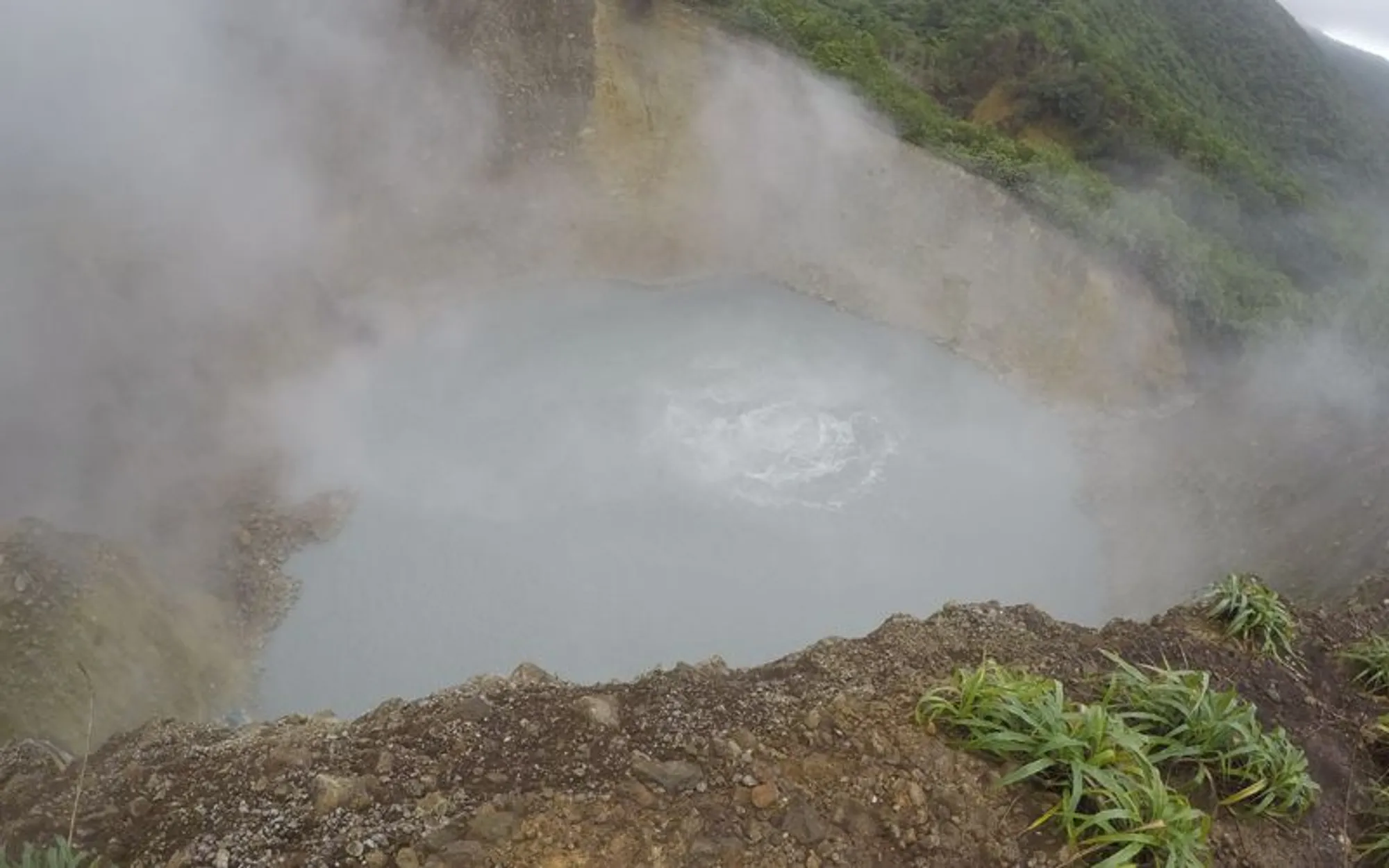
If this lake’s name doesn’t scare you, we don’t know what will! True to its name, this lake, located in the Caribbean island nation Dominica, has hot magma lurking just beneath the surface, which causes the water to reach scalding temperatures! One dip into this lake and you will experience the warmest bath of your entire life—so much so that it will boil you alive.
Hanakāpīʻai Beach
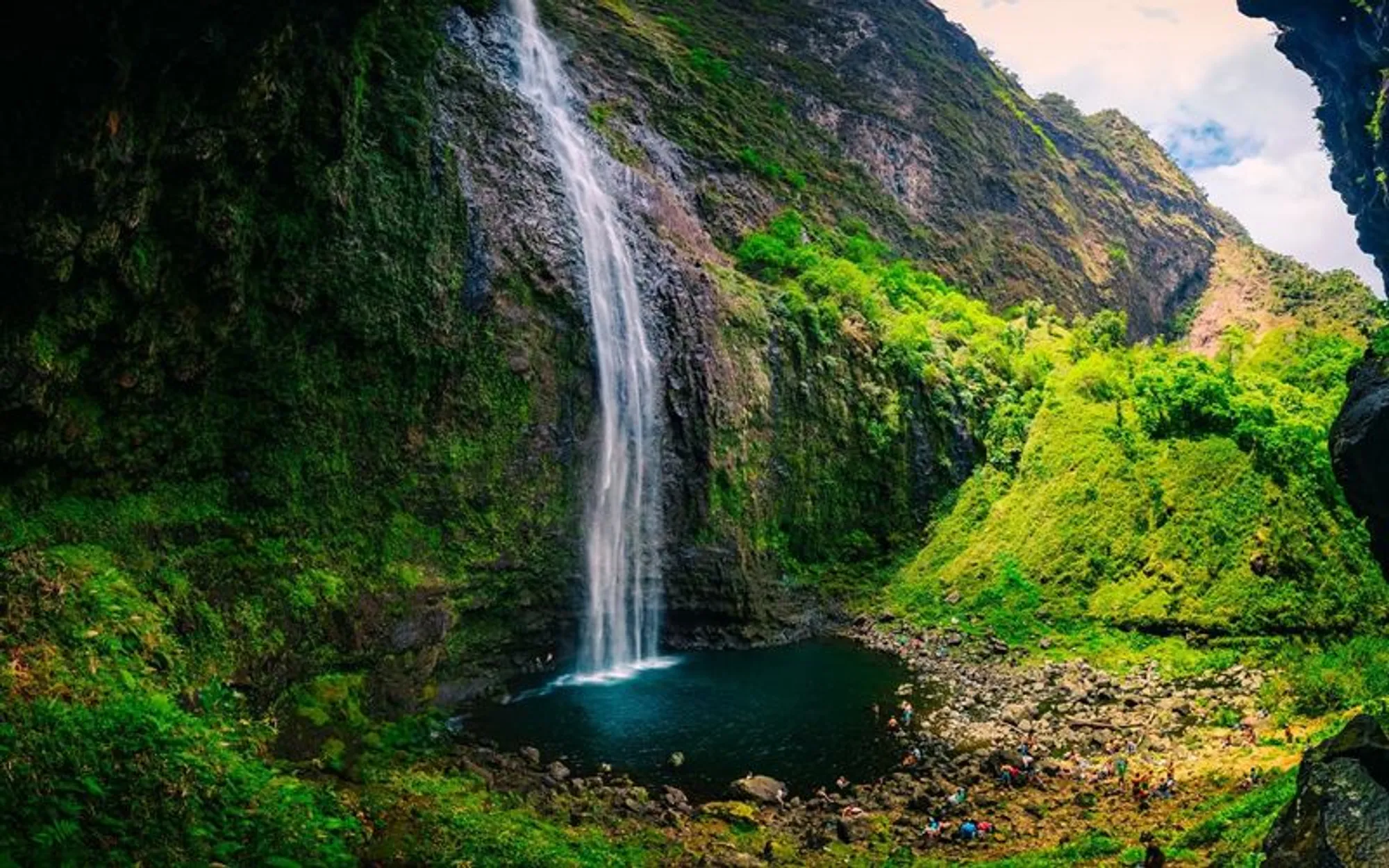
Hanakāpīʻai Beach is one of the most breathtaking out of the multitude of beautiful Hawaiian beaches. However, a day frolicking in its white sand and wading in its waves can quickly turn deadly. This beach is most famous for its killer riptides—pun intended. The beach has recorded an average of 80 deaths per year, so surfers need to watch out.
Nile River
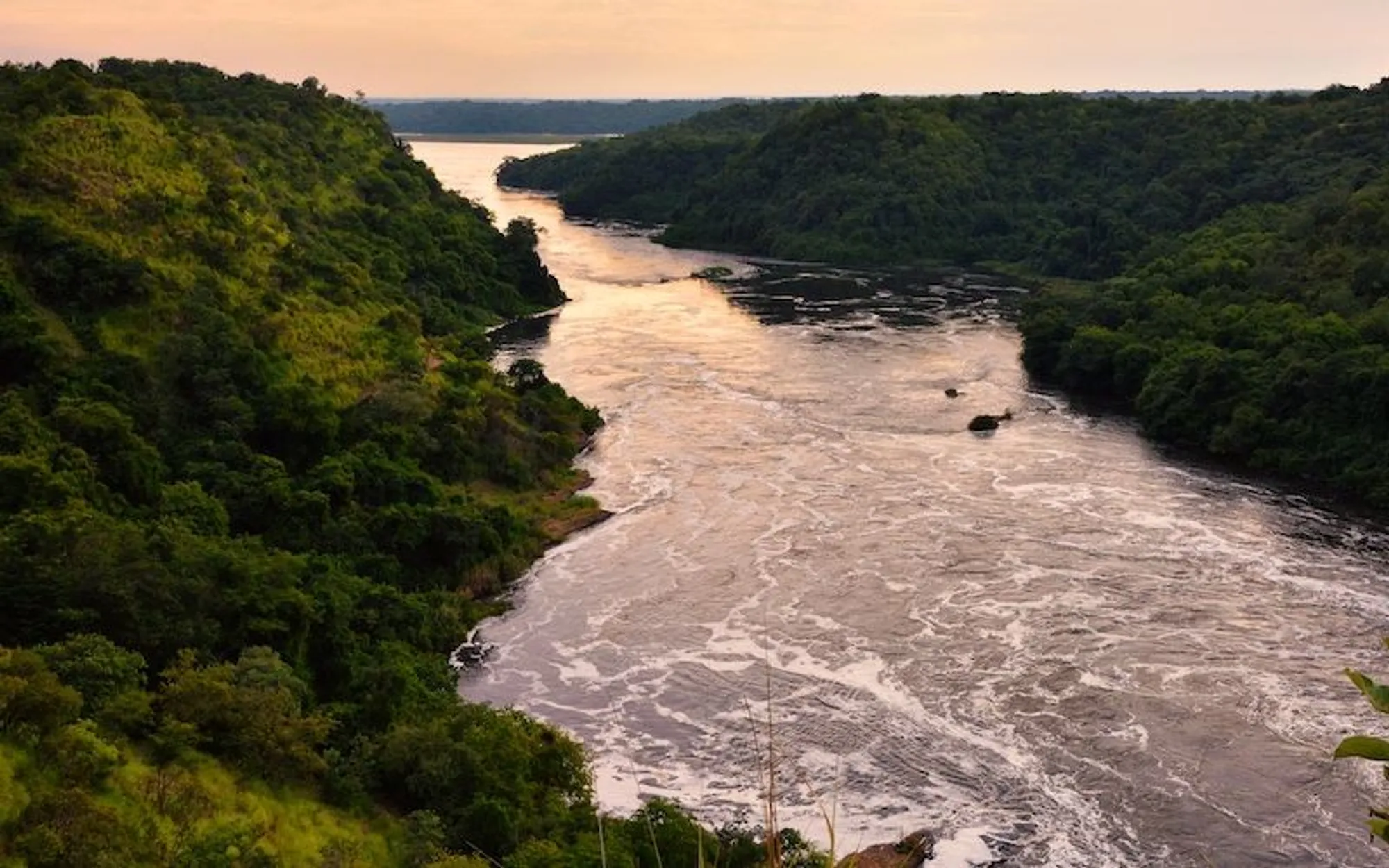
If you want to reenact Cleopatra’s swim in this historic river, you can—at the risk of being eaten by crocodiles. Crocodiles are certainly not the most dangerous animals you can encounter while swimming, but regardless, they can become aggressive if they spot you wading around in their territory. The Nile river reports around 100 crocodile attacks per year, so steer clear if you do not want to end up a crocodile snack.
Samaesan Hole
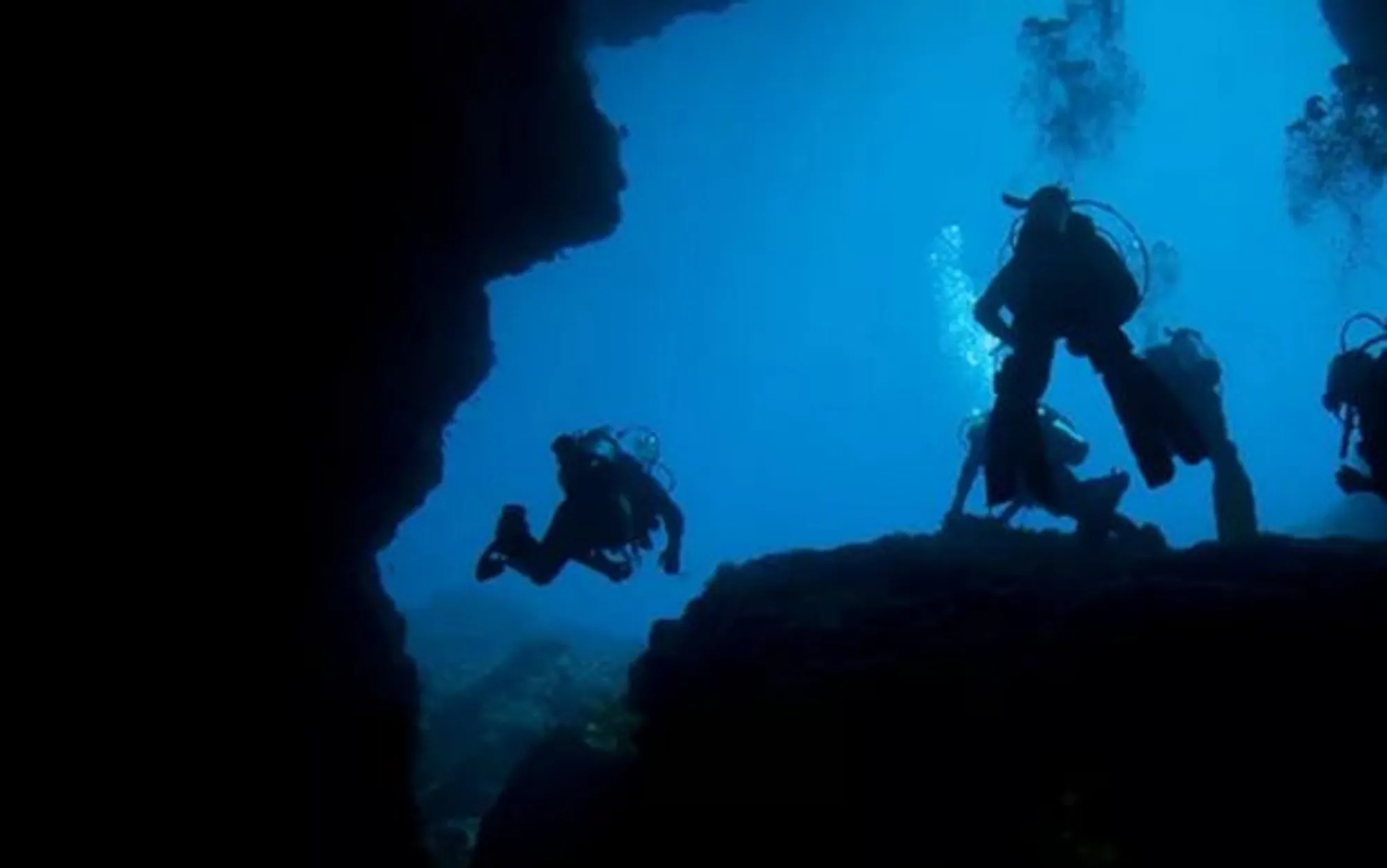
Thailand is on pretty much every traveler’s bucket list. It’s got beautiful scenery, relaxing beaches, and who can forget about that delicious pad thai? Thailand also has the Samaesan Hole, one of the country’s best diving spots! However, this particular spot is not for beginners, as the Samaesan Hole is cavernous and dark enough that beginners could get lost.
Bubbly Creek
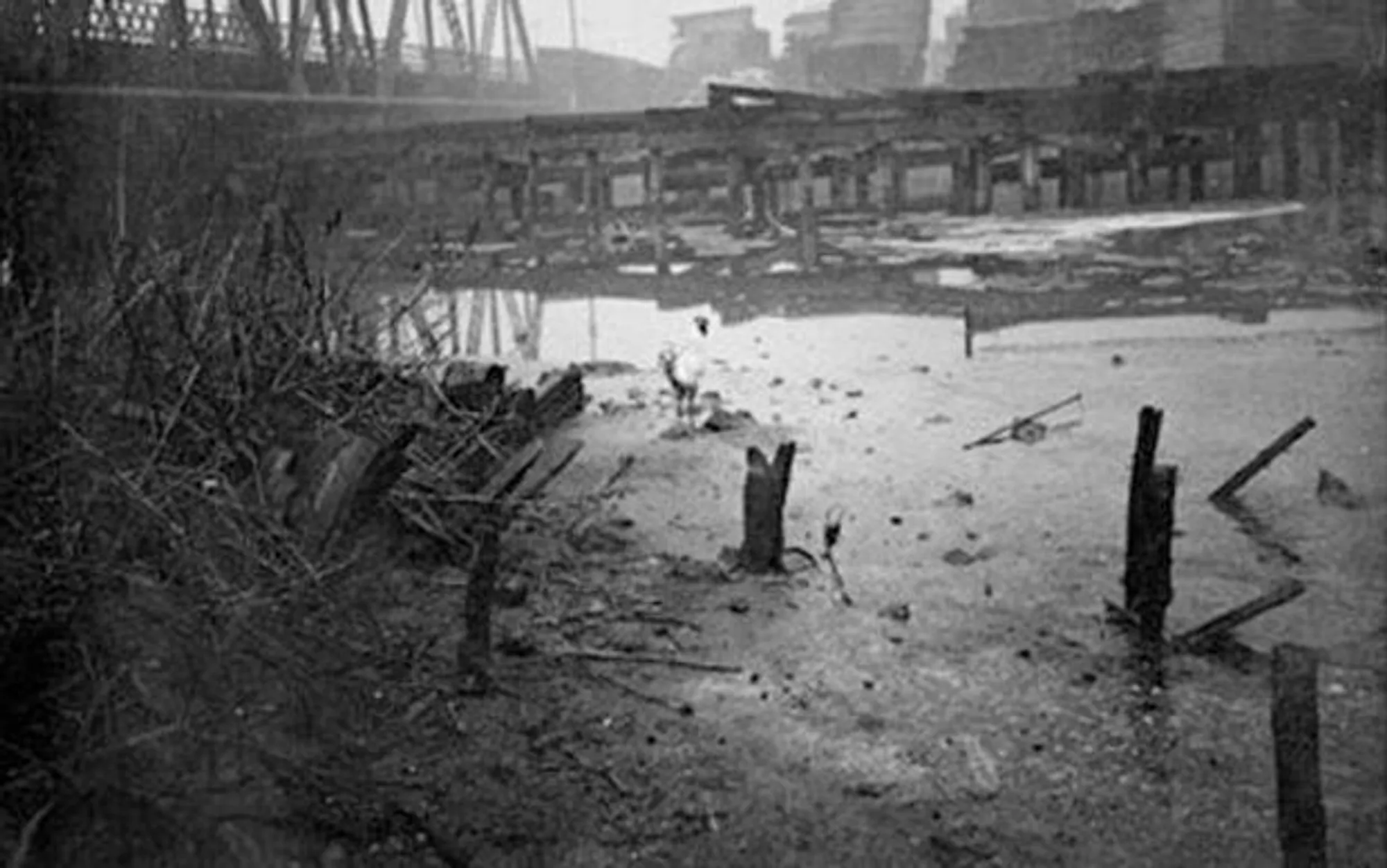
When you hear ‘Chicago,’ your mind probably automatically goes to picturesque parks and insanely cold weather. But Chi-Town is also known for the Chicago River, one of the most polluted rivers that became so poisonous that fish and other living creatures can no longer inhabit it. It got its name, Bubbly Creek because the bubbles formed are proof of its toxicity levels.
Eagle’s Nest Sinkhole
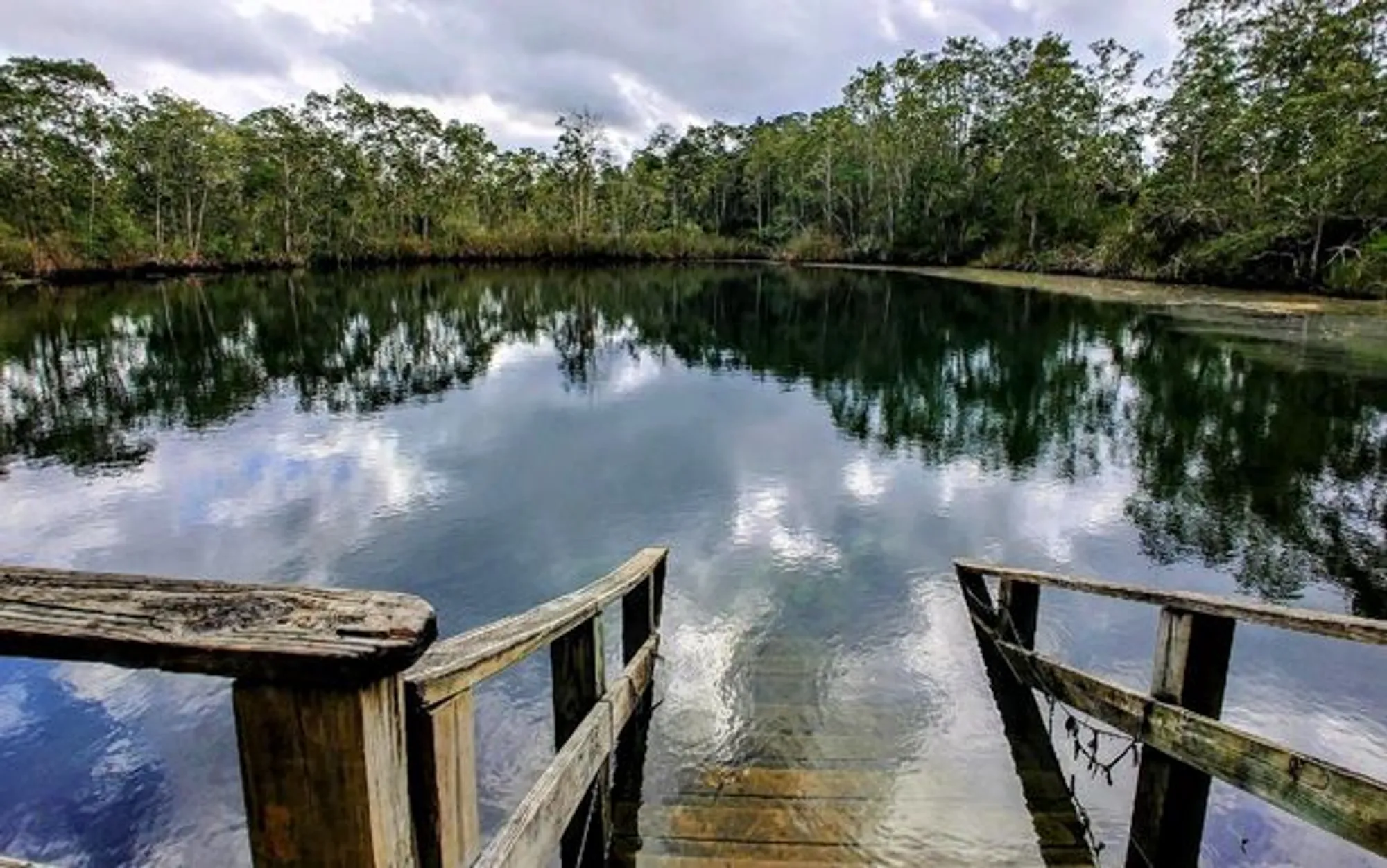
This sinkhole in Florida is undoubtedly a challenge for most divers. It’s been closed off for being one of the most dangerous diving spots, due to its depth. Even the most experienced divers have trouble getting out of it. About 10 deaths have been reported to date, so you’d better skip this one if you want to live.
Lake Karachay
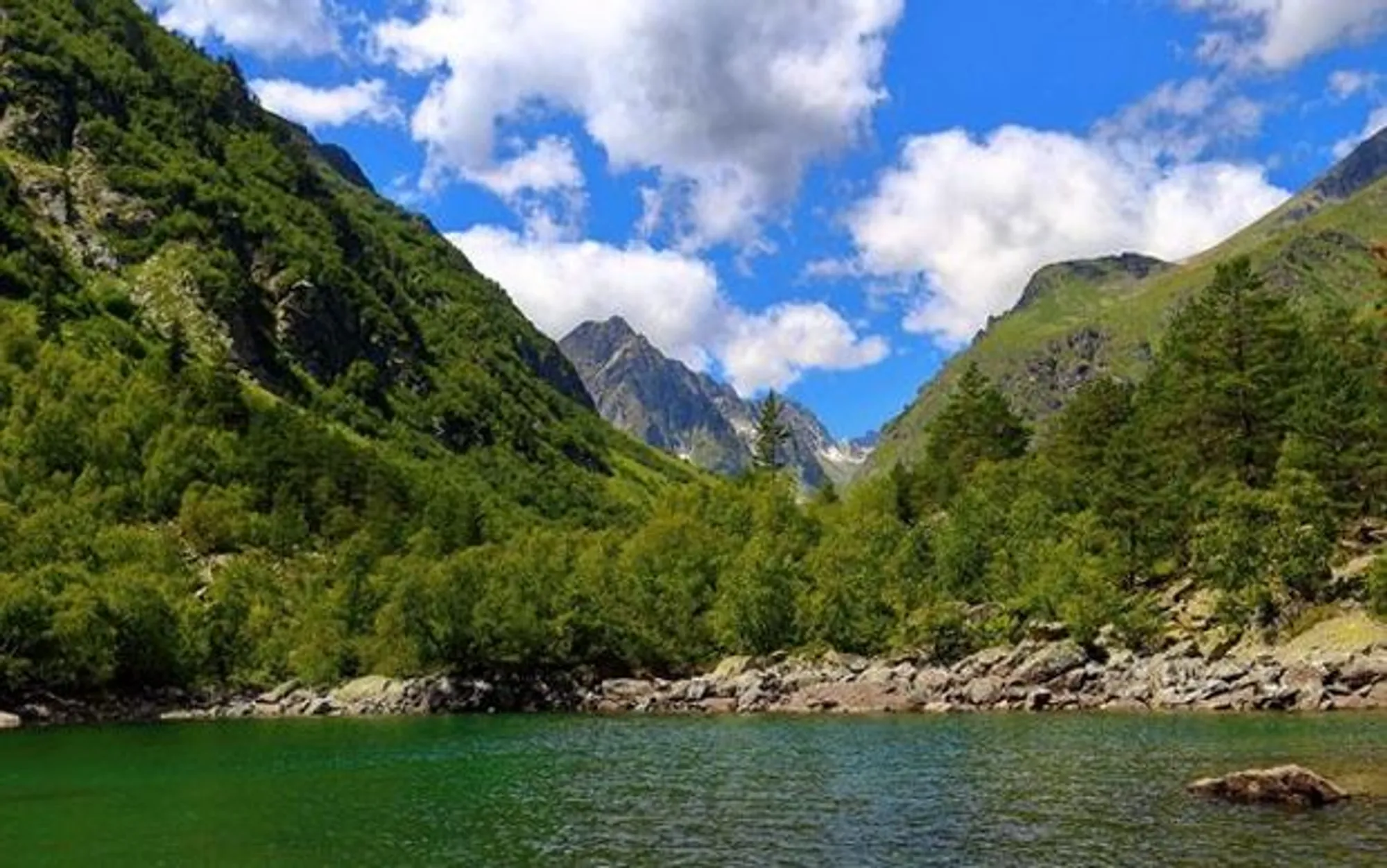
This lake, as scenic as it may be, can kill you in about an hour. Located in central Russia, the lake became noxious because the Russian government polluted it with waste materials in the past so that no living creature can withstand the toxicity levels. Thankfully, the government decided to put concrete in its stead so that children wouldn’t be tempted to swim in its beautiful yet deadly waters.
Amazon Basin
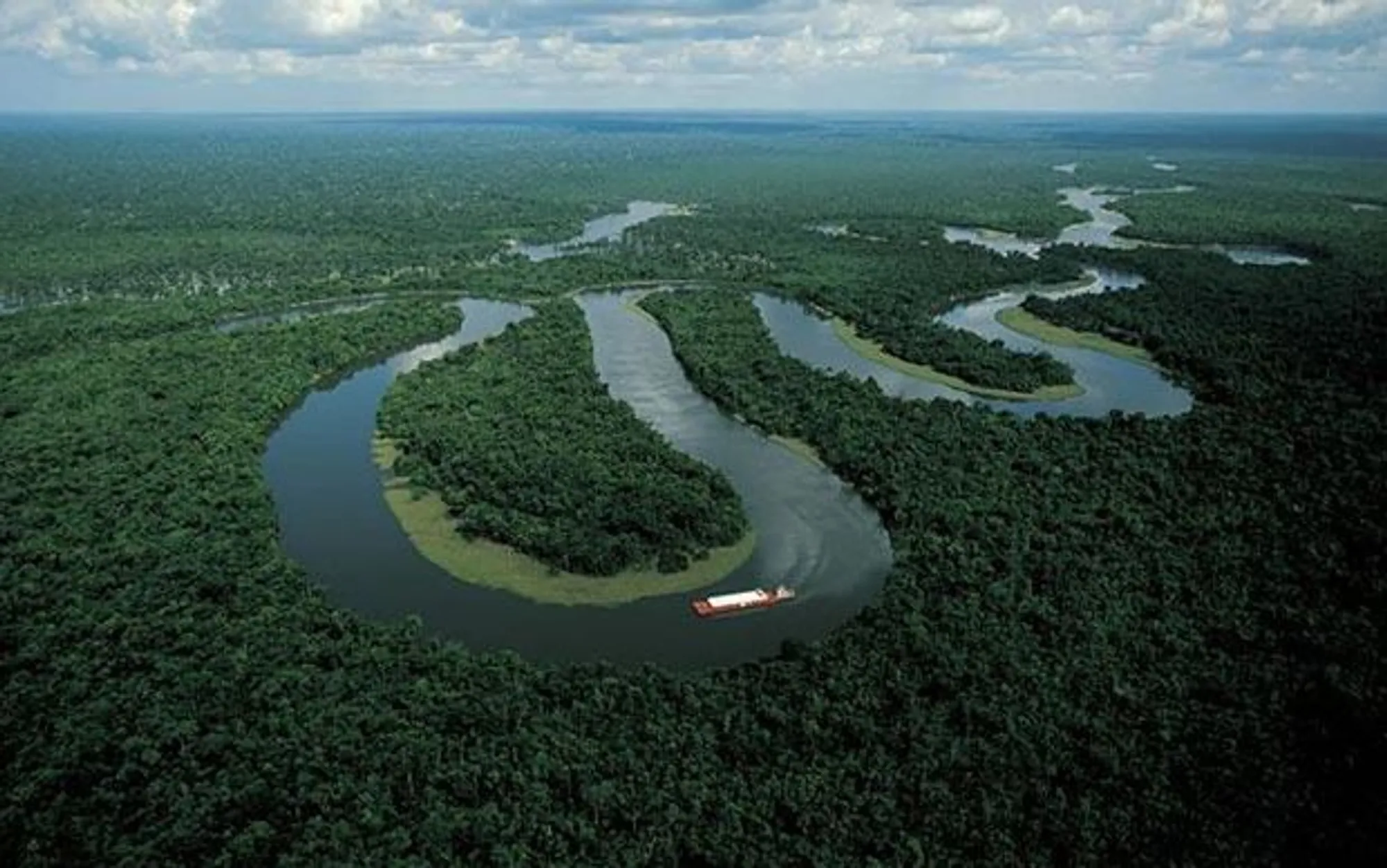
While the Amazon Basin provides clear, blue, pristine waters, this body of water can quickly transform you into fish food – the basin is home to predatory fish that will eat you alive. Think piranhas, barracudas, and the infamous candiru, which is rumored to swim up to your urinary tract and munch on your nether regions. Better steer clear of these waters if you want to keep all your limbs intact.
Kipu Falls
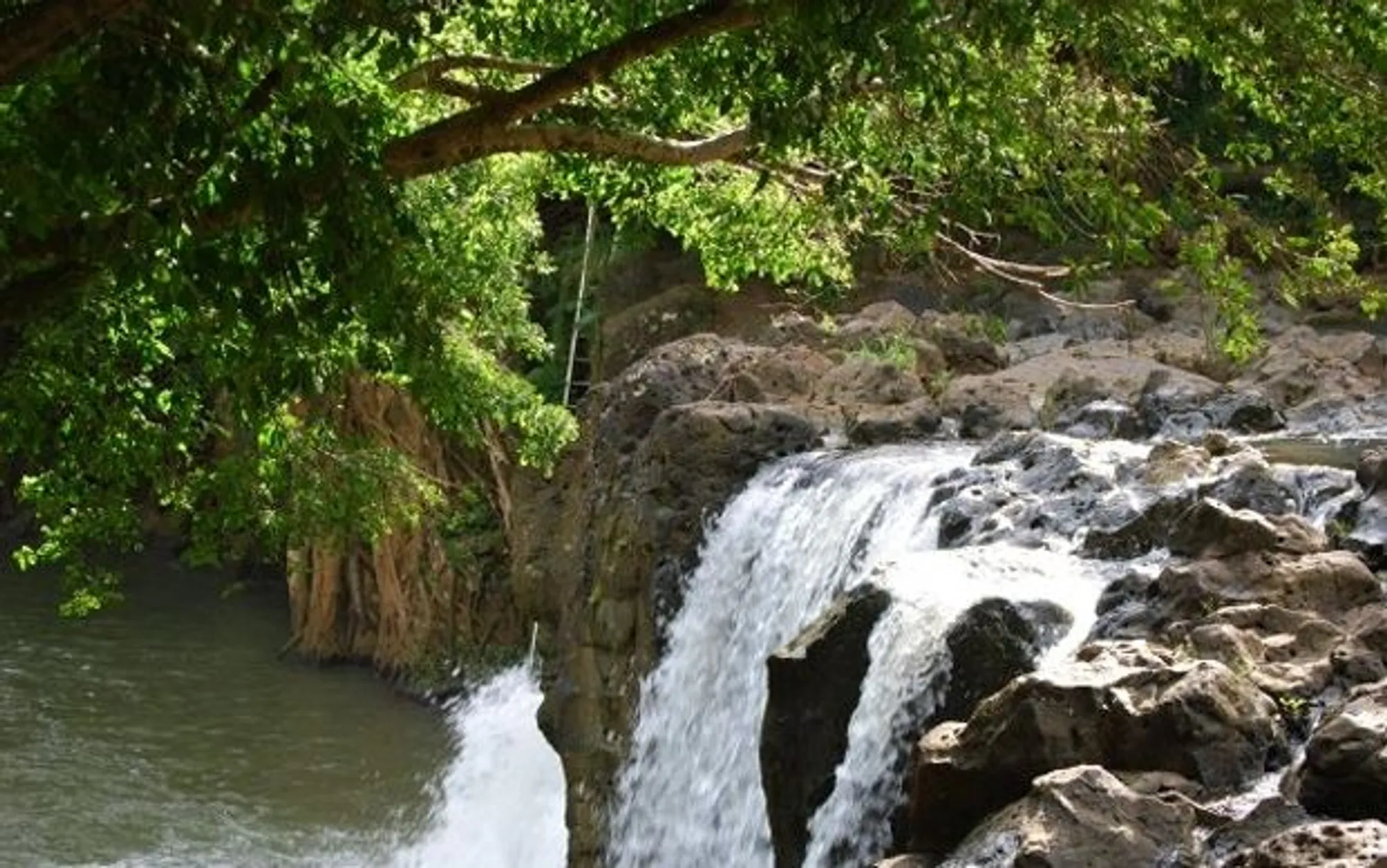
Kipu Falls is another majestic Hawaiian beauty attracting many tourists year-round. However, there have been more accounts of drowning in these rapids compared to any other falls in the United States. Experts cannot precisely pinpoint the cause of the deaths, so they simply attribute it to the waves. This is why many fascinating legends surround these falls, including ancient gods and goddesses, and hidden whirlpools.
Horseshoe Lake

True to its name, this dainty lake in California is shaped just like a horseshoe. While this quirky fact makes it attractive to many tourists, the lake itself is deadly. The Horseshoe Lake contains alarmingly high carbon dioxide levels that would kill any living thing nearby. How did this happen, you ask? The toxic levels of carbon dioxide were an offshoot of a long series of earthquakes that decimated the area.
Lake Victoria
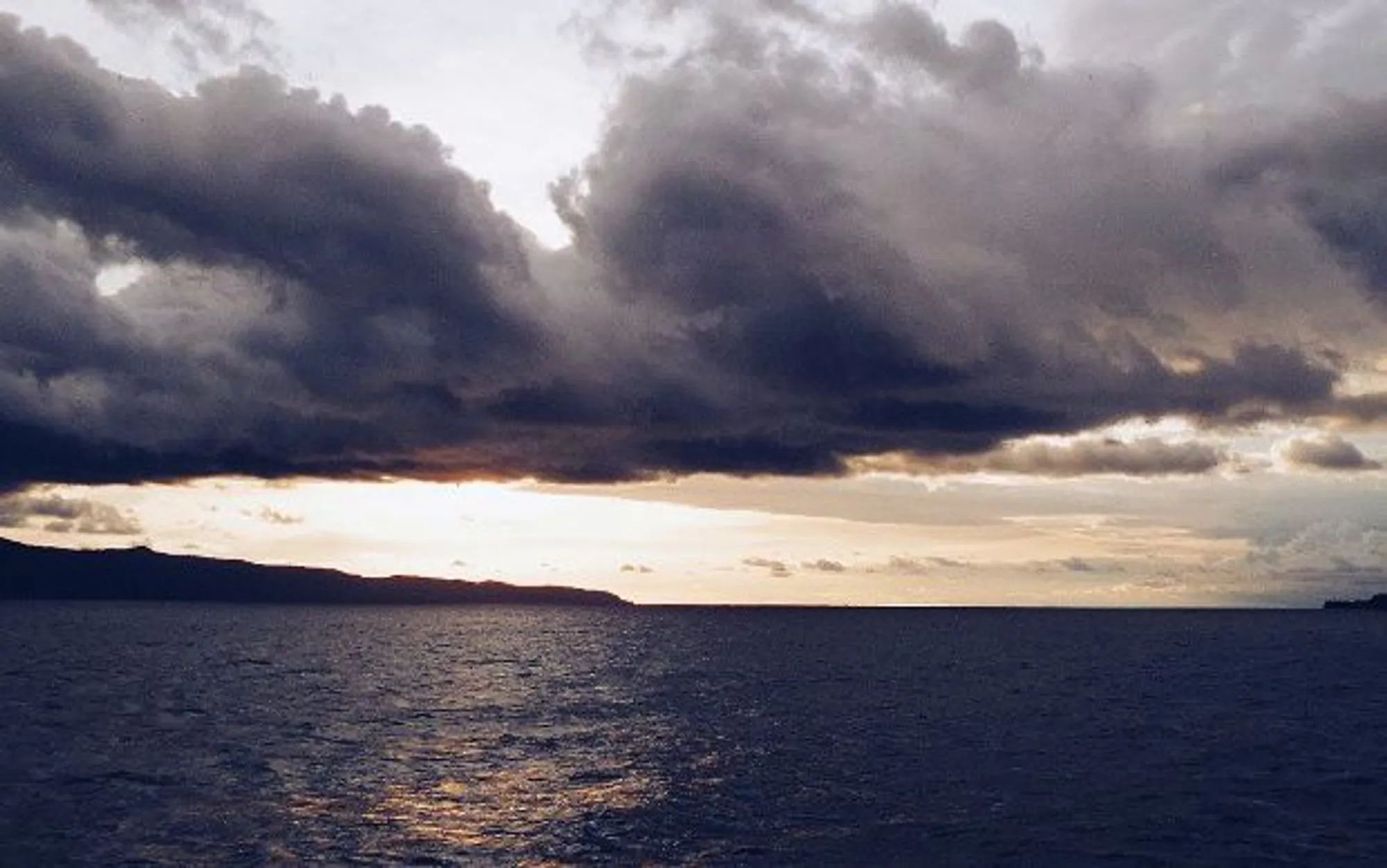
Lake Victoria – which borders Uganda, Kenya, and Tanzania – has the highest number of deaths per year out of any lake in Africa at about 5,000. When swimming in its crystal clear waters, be sure to take caution. Parts of the lake have their weather system, wholly separate from the rest of the lake. This means that you can start swimming in perfectly sunny weather and end up drowning a minute later in strong winds.
Ganges River
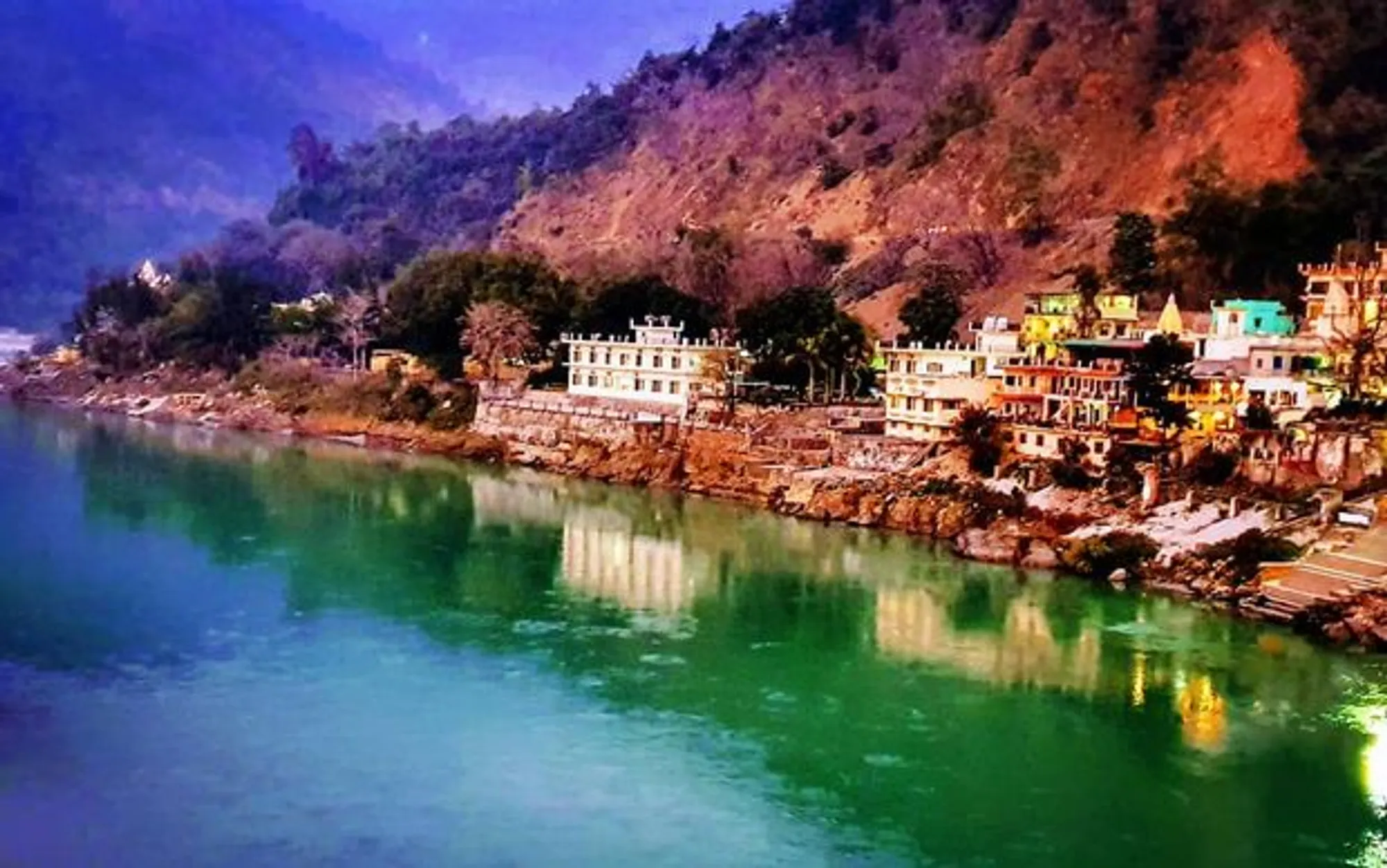
This once-beautiful river in India has majorly suffered the consequences of industrialization. The building of the real estate, factories, and others in the area gave way to the major pollution of the Ganges River. This in turn has raised toxicity to alarming levels. If wading in a river of trash is your idea of fun, go right ahead and choose the Ganges River. Otherwise, you’ll be safer off on a beach that’s not on this list.
Rio Tinto
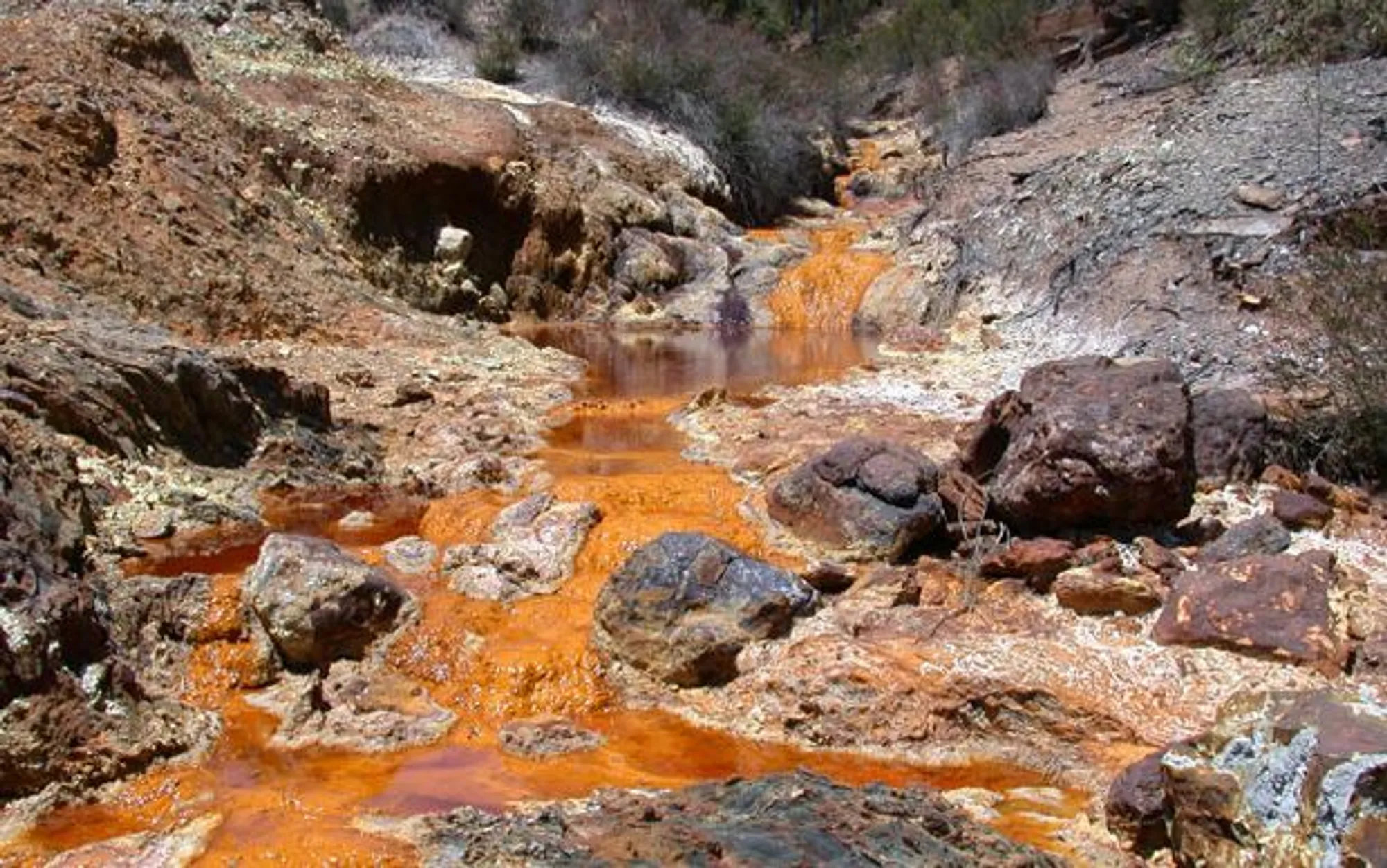
Thanks to its unique crimson color, Rio Tinto in southwestern Spain holds a deadly charm. Its bright scarlet color comes from the minerals from a nearby mine, and as a result, its waters have become acidic. This means that anyone who swims in this unique river will dissolve into a puddle.
Hoover Dam
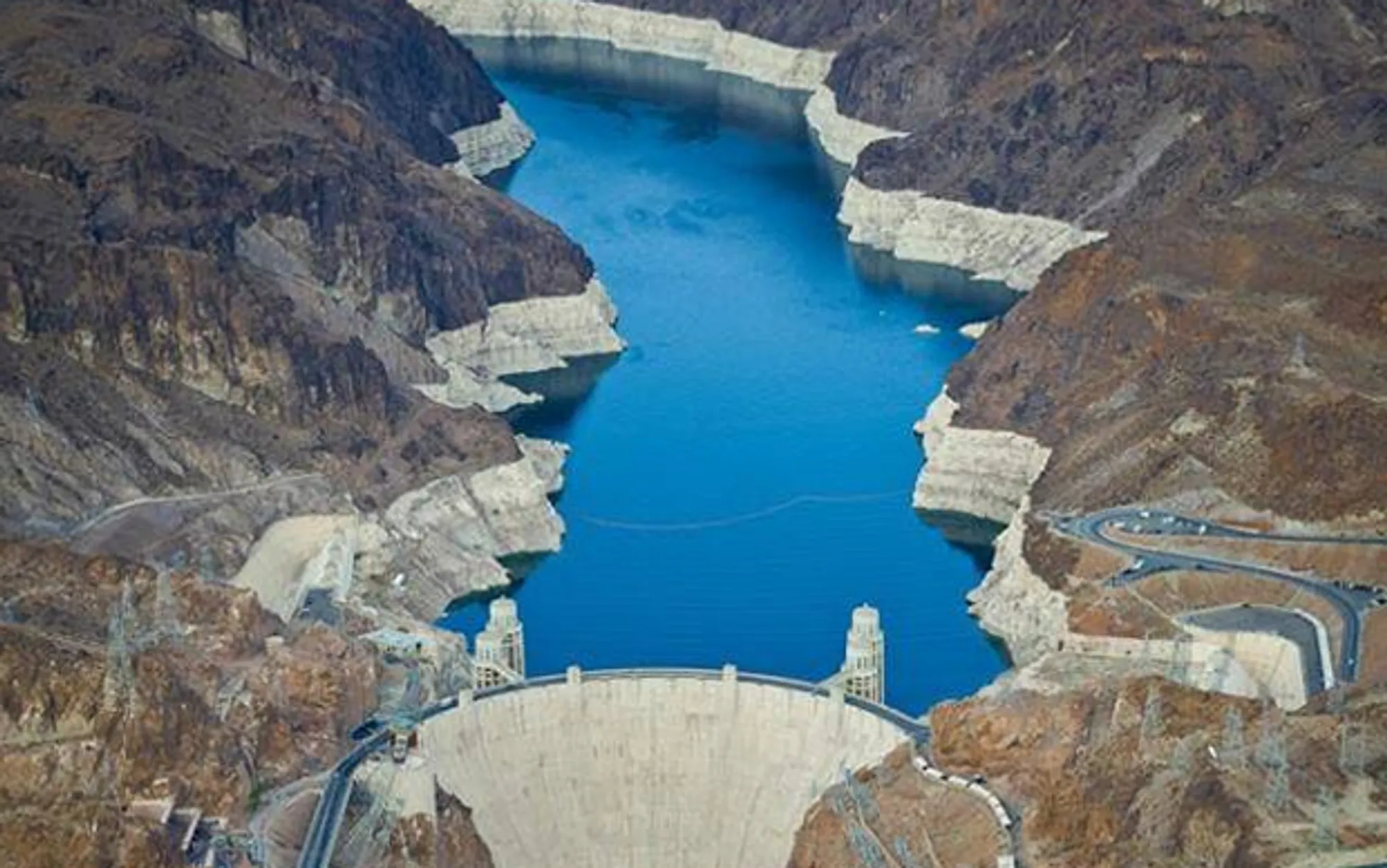
Swimming in Hoover Dam, which resides on the border between Nevada and Arizona, is illegal, so if you choose to swim there and get caught, you’ll face some serious jail time. Part of the reason why the Hoover Dam was closed off for swimming is because of the strong water currents, which can pull you down under and drown you. Avoid swimming here at all costs.
Gansbaai Beach

Located in South Africa, this body of water boasts clear and pristine waters. Unfortunately, this place is shark-infested. It was even accordingly nicknamed “The Shark Alley.” Additionally, a beach nearby is also dominated by brown bears. Gansbaai is the last place you should consider when mapping out your grand beach escapade.
Buxton Derbyshire Blue Lagoon
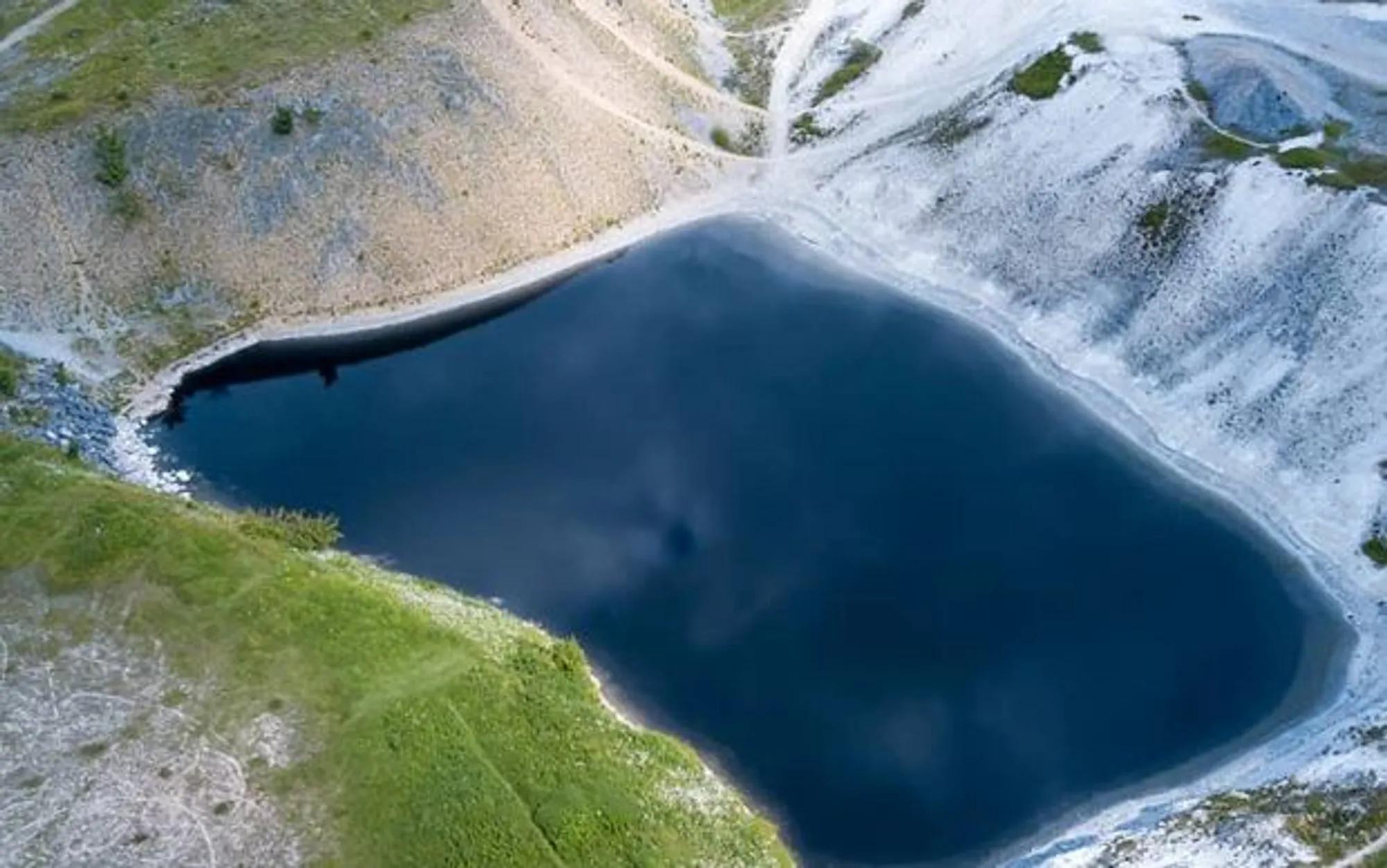
Don’t let this pretty blue lagoon tempt you into taking a dip. It is considered one of the most dangerous lagoons on the planet. Its unnatural blue color is caused by a toxic water pH level of 13 (which is the equivalent of ammonia or bleach). Diving can burn your skin off in just a few minutes.
The Gulf Coast
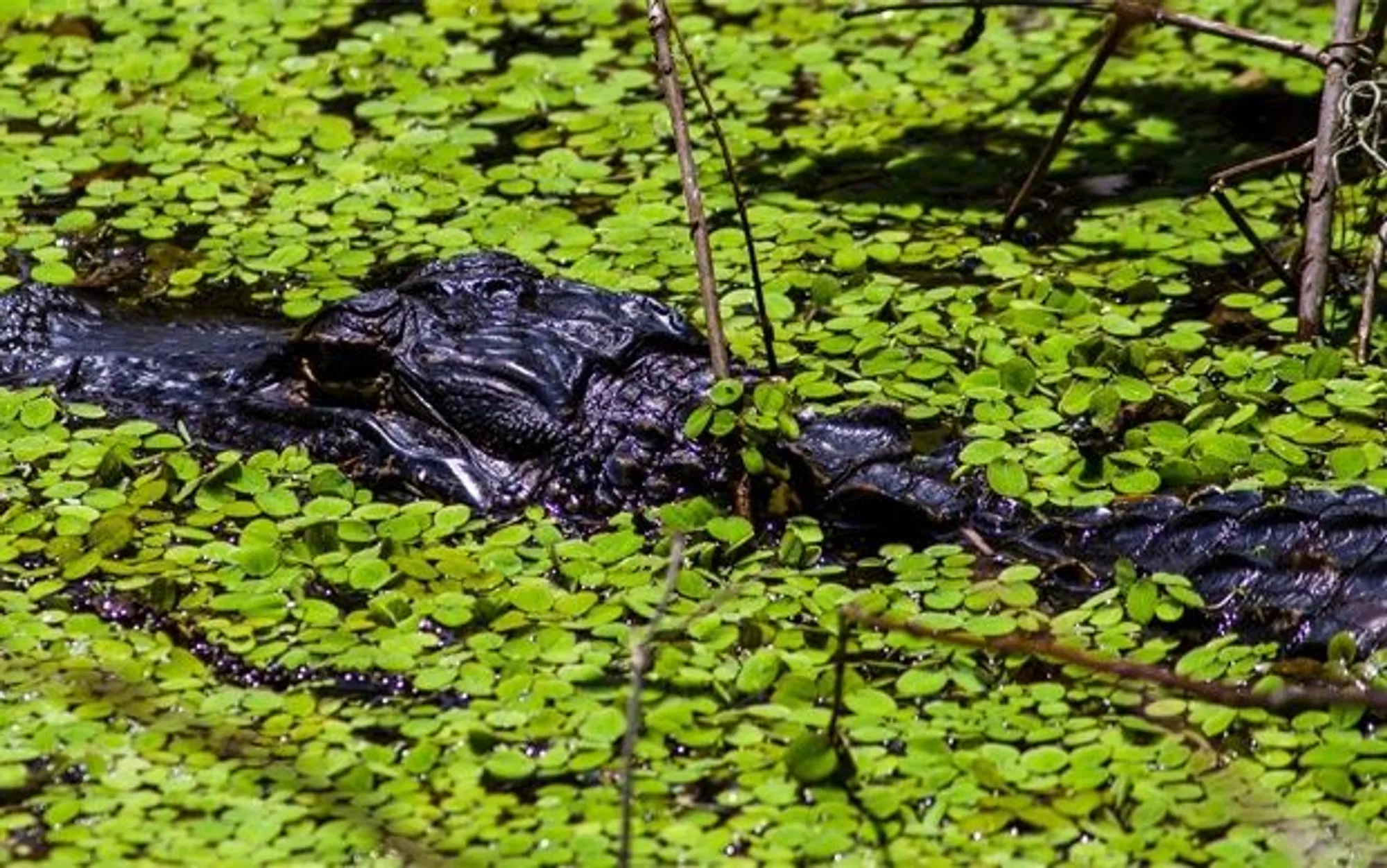
Take comfort in knowing that the Gulf Coast in the southern part of the United States has abundant farming land (which staves off potential sea critters). However, remember that the Gulf Coast also has a lot of snakes. Yes, snakes that slither on land and also swim, many of which are poisonous. Be careful.
The Strid
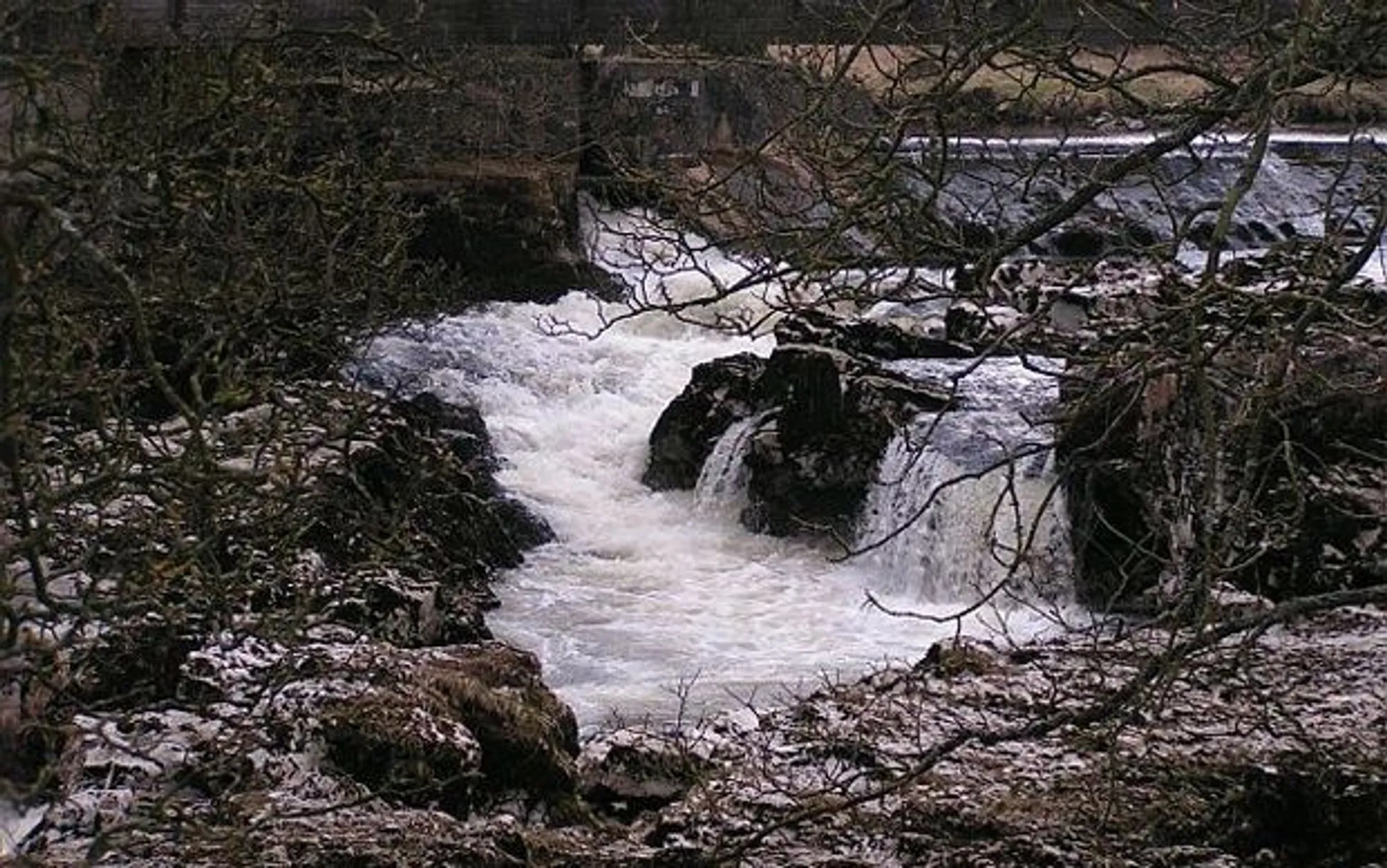
This small, creek-like body of water can kill you in five minutes tops. Located in Yorkshire, England, the Strid has a particularly powerful current. Anyone who dares to go for a dip will immediately be pulled in by a vortex and get trapped by sharp, jagged rocks. It’s a recipe for disaster. If you don’t envision your final moments being stuck in a rock, gasping for air, better steer clear!
Queensland, Australia
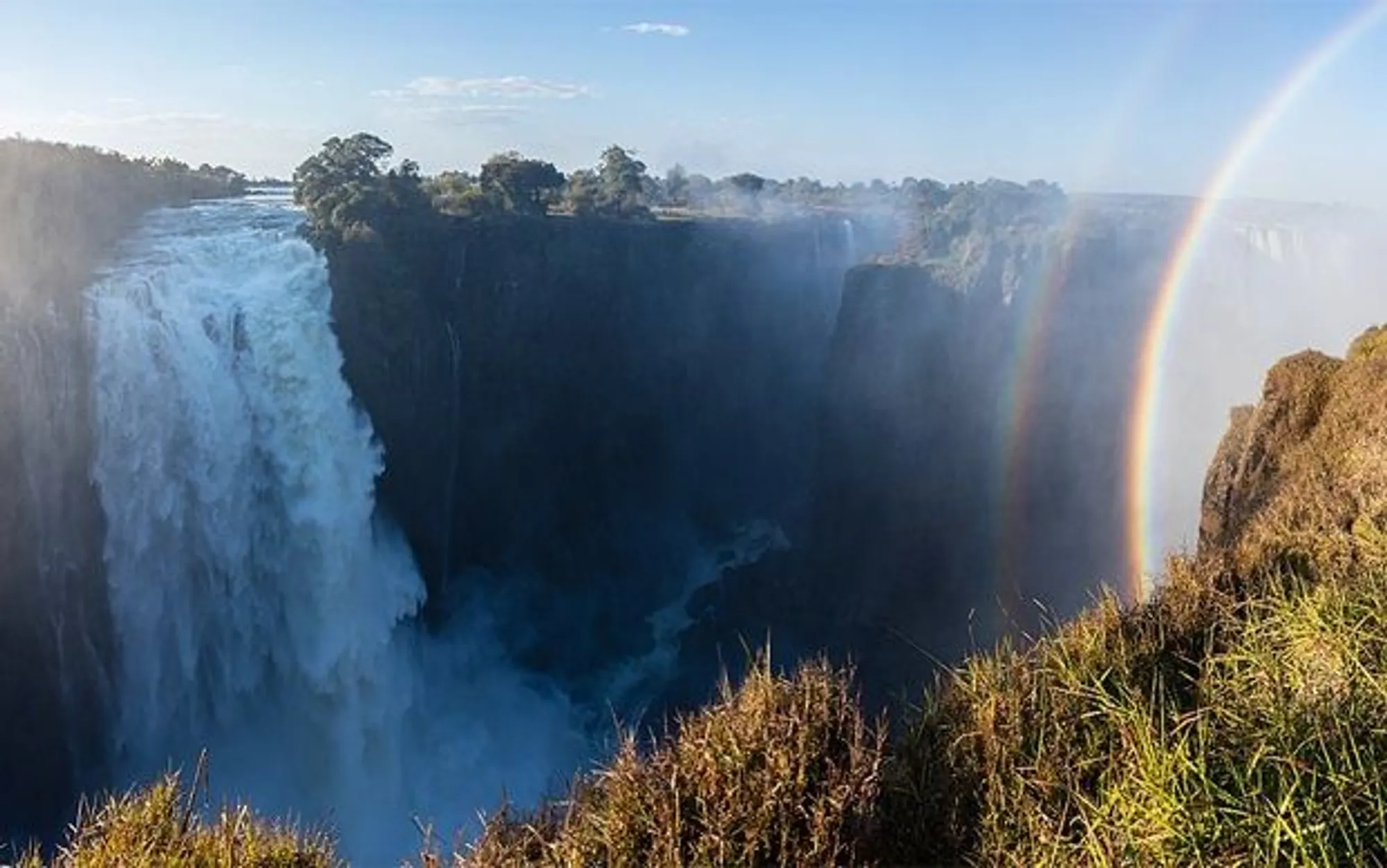
The Land Down Under may be tempting for the most daring of adventurers. However, even they would know to stay away from the beaches of Queensland, Australia. Lurking beneath is a multitude of deadly sea creatures. Aside from the usual sharks—the least of your problems—there are crocodiles, stonefish, blue-ringed octopuses, and square jellyfish! Some creatures can even induce cardiac arrest with the slightest touch.
Myrtle Beach
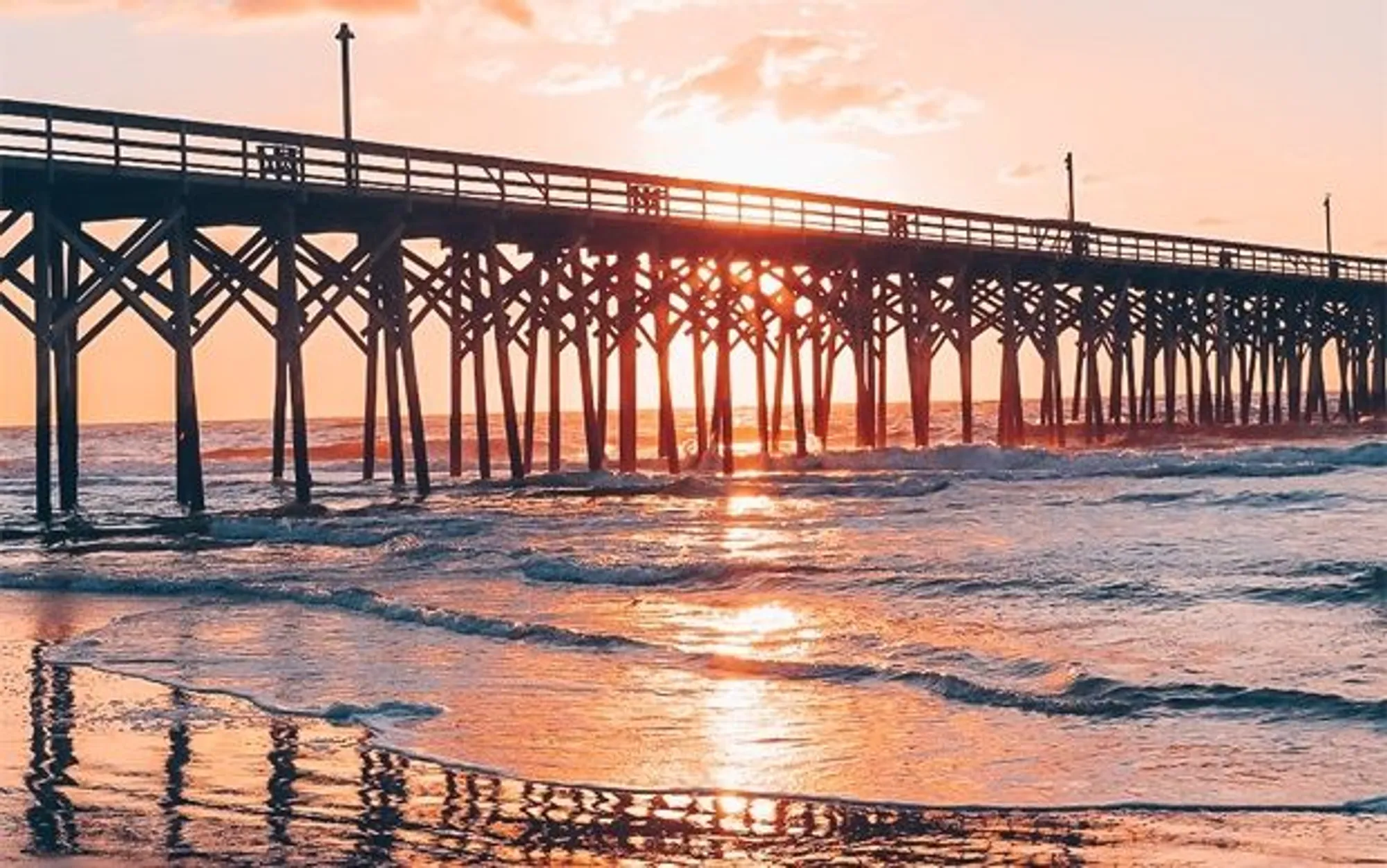
This California beach is a go-to hangout for beach bums alike—but it is not without its unique dangers. For example, riptides are so common that there have been several reports of people being pulled down by them. Aside from this, the presence of jellyfish is alarmingly high. These warm-water cannonball jellyfish can paralyze you with just one sting.
Gulf of Thailand
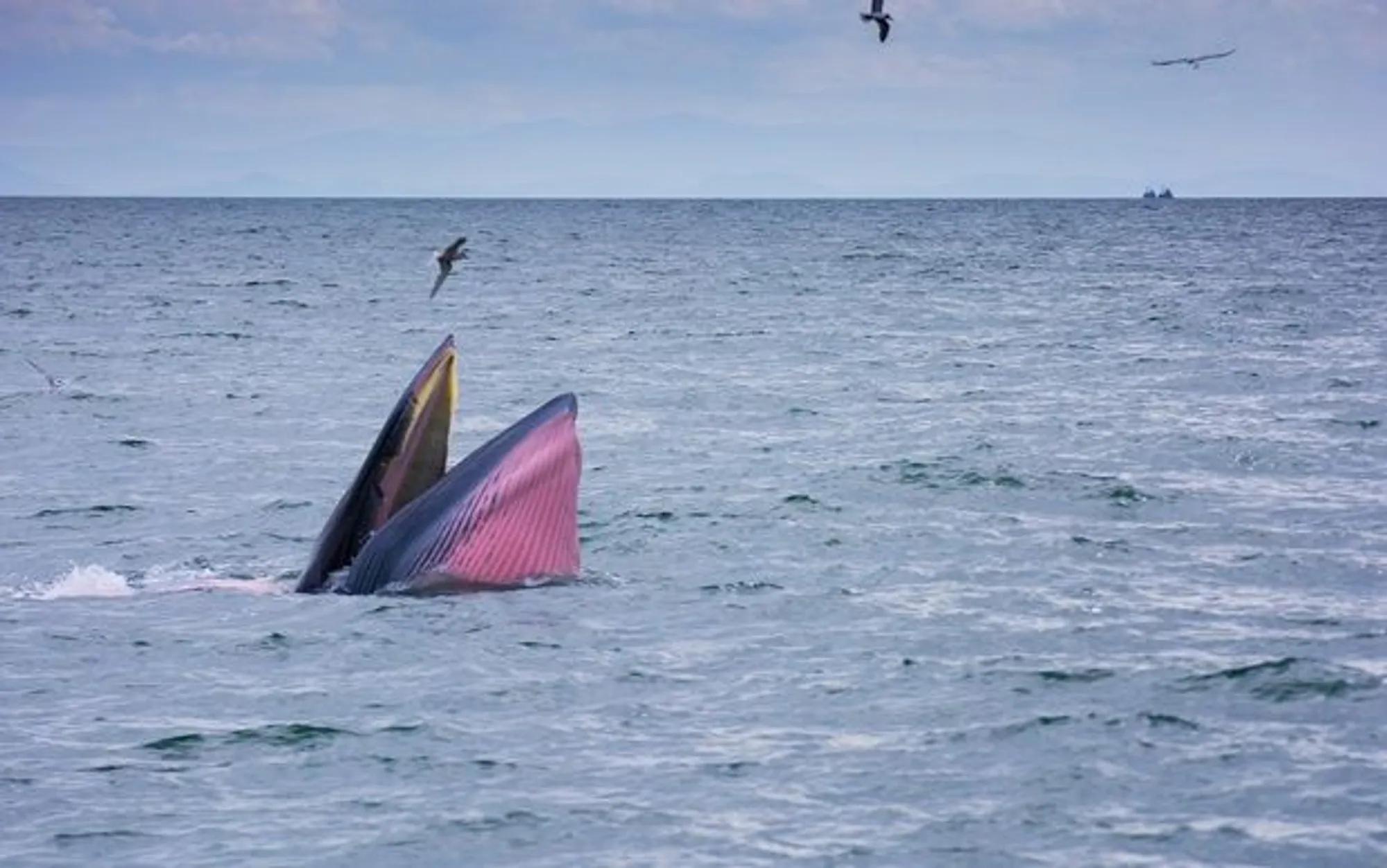
Thailand is one of the most visited countries for tourists because of its spectacular beaches. However, one body of water, the Gulf of Thailand, probably won’t top the list of most sough-out tourist destinations. It’s filled with a certain kind of deadly jellyfish: the box jellyfish. One mere brush of its tentacles and you’ll be paralyzed. Since the gulf is teeming with them, imagine being stung by hundreds at once!
Blue Lake
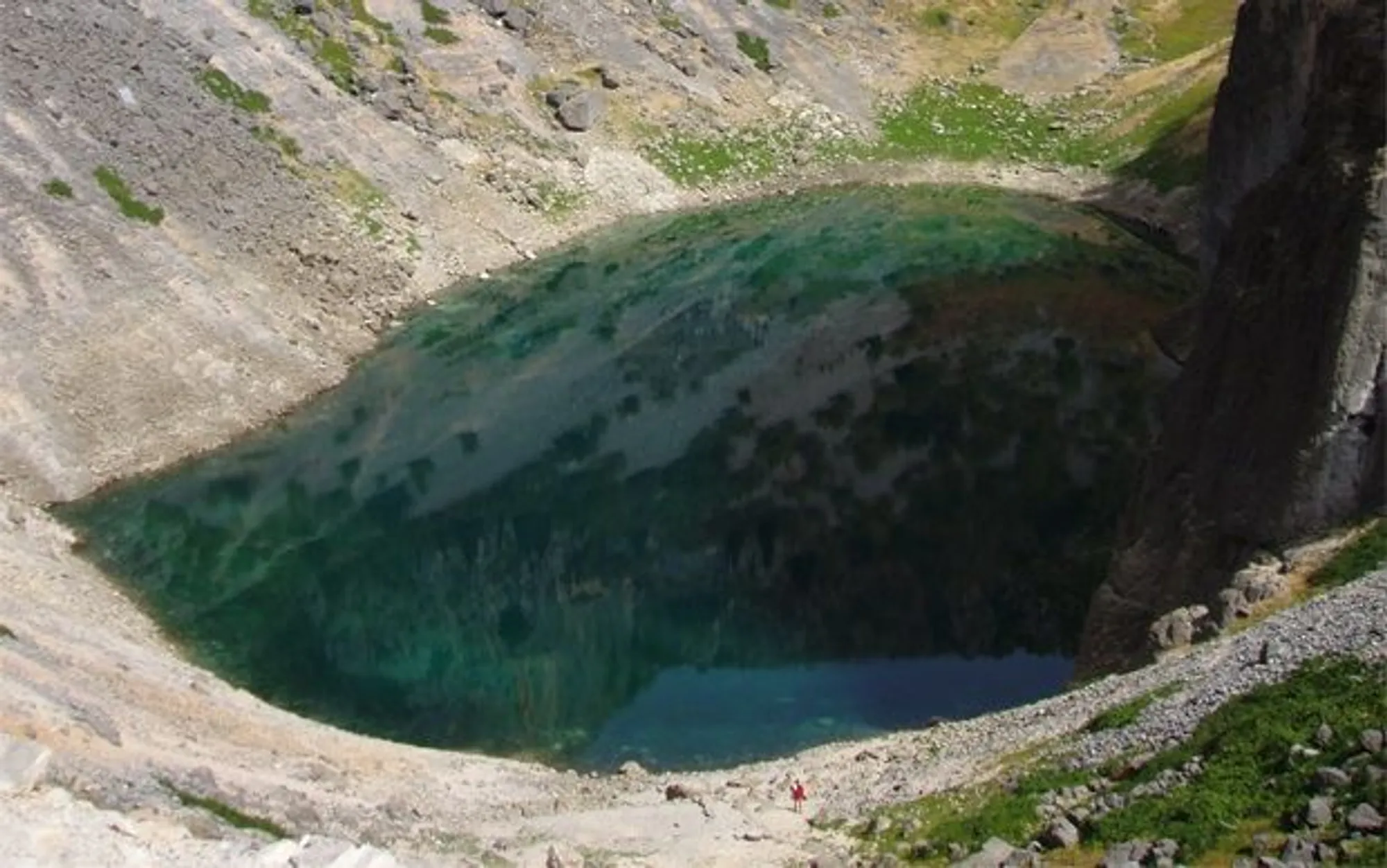
One of the world’s greatest mysteries, the Blue Lake in Russia is subject to many scientists’ interests because of its unique and striking blue color, which is mainly due to the hydrogen sulfide in its waters. One mystery that people report is that this lake seemingly has no bottom, making it very dangerous to swim in. The lake also houses many mysterious sea creatures that can potentially be deadly too
Stay Away
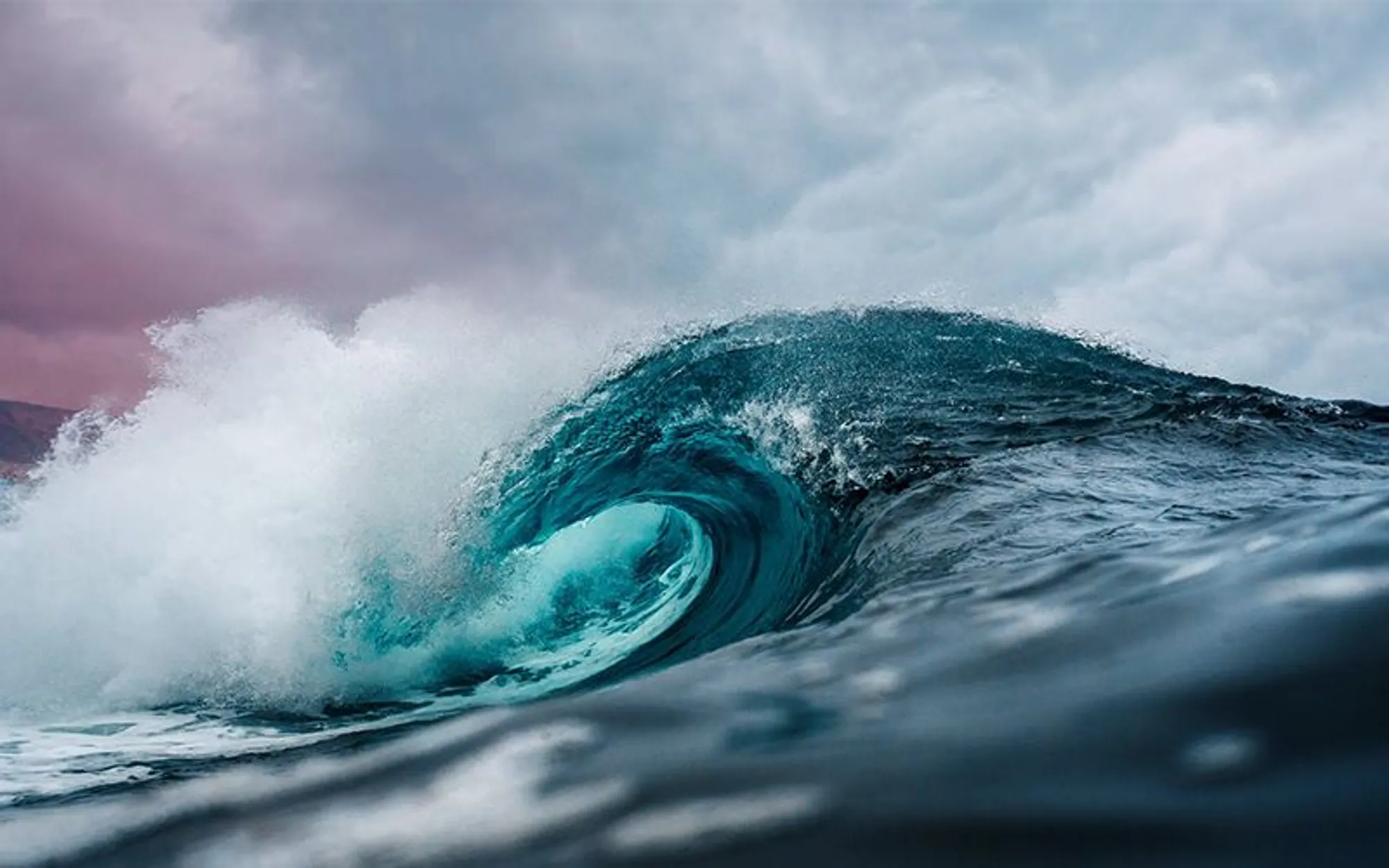
Bodies of water always seem to come with a sense of mystery and majesty. Indeed, a dip in the ocean can help you unwind. However, if you truly want to experience a relaxing and stress-free vacation, stay away from the waters in this gallery—unless you want to meet your untimely death in the most unpleasant of ways.